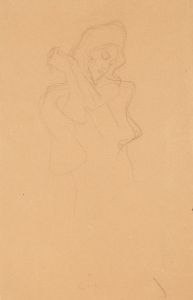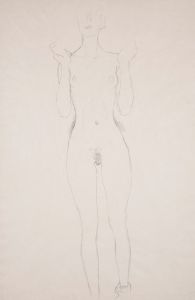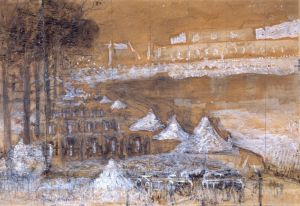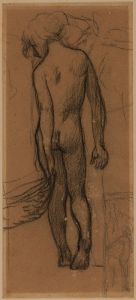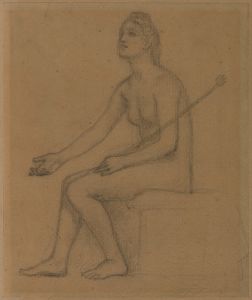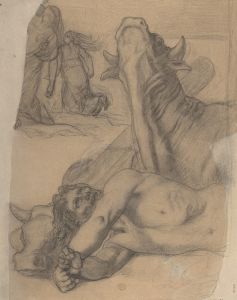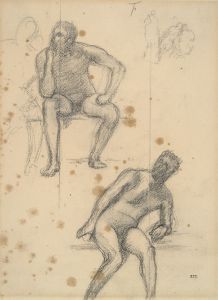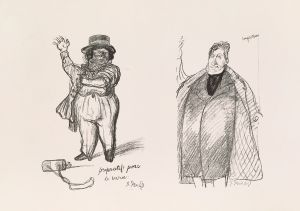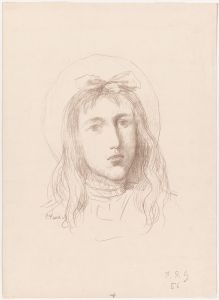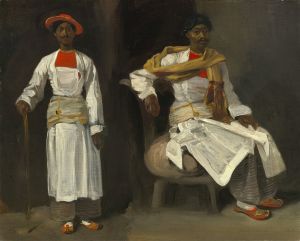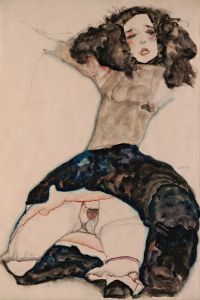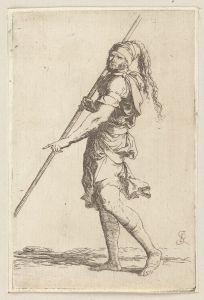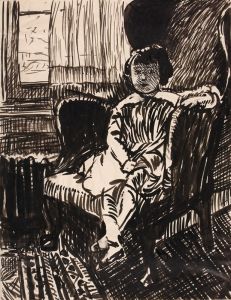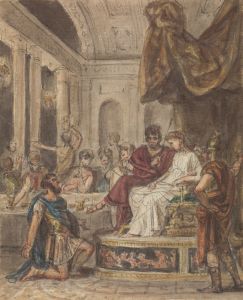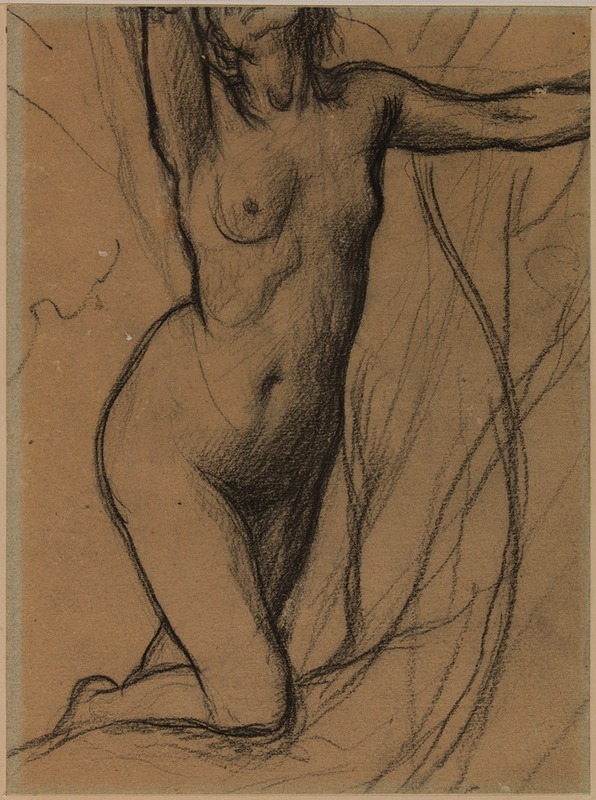
Femme nue à genou, de face
A hand-painted replica of Pierre Puvis de Chavannes’s masterpiece Femme nue à genou, de face, meticulously crafted by professional artists to capture the true essence of the original. Each piece is created with museum-quality canvas and rare mineral pigments, carefully painted by experienced artists with delicate brushstrokes and rich, layered colors to perfectly recreate the texture of the original artwork. Unlike machine-printed reproductions, this hand-painted version brings the painting to life, infused with the artist’s emotions and skill in every stroke. Whether for personal collection or home decoration, it instantly elevates the artistic atmosphere of any space.
Pierre Puvis de Chavannes was a notable French painter of the 19th century, renowned for his mural paintings and contributions to Symbolism. One of his works, "Femme nue à genou, de face," which translates to "Nude Woman Kneeling, Facing Forward," exemplifies his unique style and thematic focus.
Puvis de Chavannes was born on December 14, 1824, in Lyon, France. He initially pursued a career in engineering but eventually turned to painting, studying under various artists, including Eugène Delacroix and Thomas Couture. His artistic journey led him to develop a distinct style characterized by its simplicity, muted color palette, and classical themes, often imbued with a sense of timelessness and serenity.
"Femme nue à genou, de face" is a study of the human form, showcasing Puvis de Chavannes' skill in capturing the subtleties of the human body. The painting depicts a nude woman kneeling, facing the viewer directly. This composition allows for an intimate exploration of the figure, emphasizing the natural curves and contours of the body. The choice of a kneeling pose suggests a sense of humility or introspection, common themes in Puvis de Chavannes' work.
Puvis de Chavannes often drew inspiration from classical antiquity and mythology, and his works frequently reflect a harmonious balance between the human figure and its surroundings. Although "Femme nue à genou, de face" is a more focused study of the human form, it still embodies the artist's interest in creating a sense of calm and contemplation.
Throughout his career, Puvis de Chavannes was celebrated for his ability to convey emotion and narrative through simplicity and restraint. His works often feature a limited color palette, which enhances the ethereal quality of his paintings. This approach is evident in "Femme nue à genou, de face," where the subdued tones contribute to the overall mood of tranquility and introspection.
Puvis de Chavannes' influence extended beyond his own time, impacting future generations of artists. His work was admired by the Symbolists and Post-Impressionists, who appreciated his ability to convey deeper meanings through symbolic imagery and composition. His murals, in particular, left a lasting legacy, with notable examples adorning public buildings in France, such as the Panthéon in Paris.
While "Femme nue à genou, de face" may not be as widely recognized as some of his larger mural projects, it remains an important example of his exploration of the human form and his ability to convey emotion through simplicity. The painting reflects Puvis de Chavannes' dedication to his craft and his pursuit of beauty and meaning in art.
Pierre Puvis de Chavannes passed away on October 24, 1898, in Paris, leaving behind a significant body of work that continues to be studied and appreciated for its contribution to the development of modern art. His paintings, including "Femme nue à genou, de face," remain a testament to his skill and vision as an artist.





